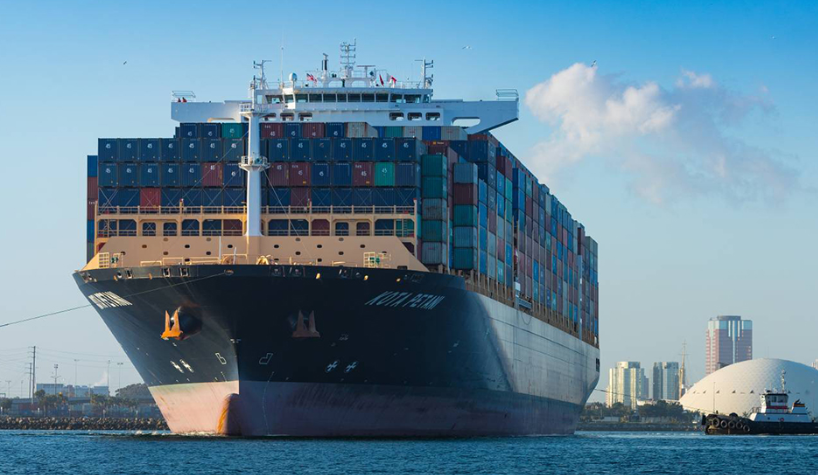Logistics

March 7, 2018
Fleets Ordering Big Trucks to Keep Up With Demand
Written by Sandy Williams
Trucking companies are stepping up their orders for big rigs to keep up with what they hope will continue to be strong demand for shipping in the U.S. market.
Fleet owners in February ordered 40,200 Class 8 heavy-duty long-haul trucks, 65 percent more than ordered in February 2017. Truck orders neared a 12-month high in January, and last month was the eighth-best order month on record, according to ACT Research.
 “The Class 8 market remains red-hot,” said Don Ake, vice president of commercial vehicles for FTR. “The capacity crunch is transforming into a capacity crisis and many fleets of all sizes, in all markets, across the country are scrambling to add trucks as fast as they can.”
“The Class 8 market remains red-hot,” said Don Ake, vice president of commercial vehicles for FTR. “The capacity crunch is transforming into a capacity crisis and many fleets of all sizes, in all markets, across the country are scrambling to add trucks as fast as they can.”
The surge in orders so far this year is unusual in that October to December is when the bulk of orders for trucks are usually placed by fleet owners.
Some of the purchase is replacement, but demand is playing a large part in the upswing in sales. The Cass Freight Index, which measures total freight volume in the U.S, jumped 12.5 percent year over year in January, showing extraordinarily tight capacity.
The American Trucking Association’s For-Hire Truck Tonnage index was up 2 percent in January after falling 0.3 percent in December. “With the economy strong, the drivers of truck freight solid, and the inventory cycle in favor of motor carriers, I expect freight tonnage to remain robust in the months ahead,” said ATA Chief Economist Bob Costello.
Supply Chain Dive writes, “The trucking surge shows no sign of peaking, and because capacity is still not keeping up with demand, rates and prices are climbing. But what’s really contributing to big growth is not so much consumer spending as it is industrial shippers — ever since U.S. industrial activity recovered in 2014, it’s been on the upswing, as reinforced by all the recent positive manufacturing data.”
DAT Trendlines reports capacity continued to tighten during the week ending March 3. Flatbed load-to-truck ratios hit a record high of 79.9 loads per truck. National average spot rates went up 4 cents for flatbeds to $2.39 per mile.
All this truck buying activity is part of an upcycle similar to that of 2014 and 2015, says ACT Vice President Steve Tam. “Then the industry was very excited about what it was seeing in the freight market, and you saw demand [for new trucks] rise rapidly and remain elevated, “said Tam. “Unfortunately, demand stayed there, too. And that is the cycle, I think, we are setting ourselves up for now, as well.”
ACT predicts North American Class 8 truck production will be 324,600 in 2017, followed by a 4 percent drop in 2019. Production is expected to plunge 23 percent or more in 2020 as the cycle continues its downside.





